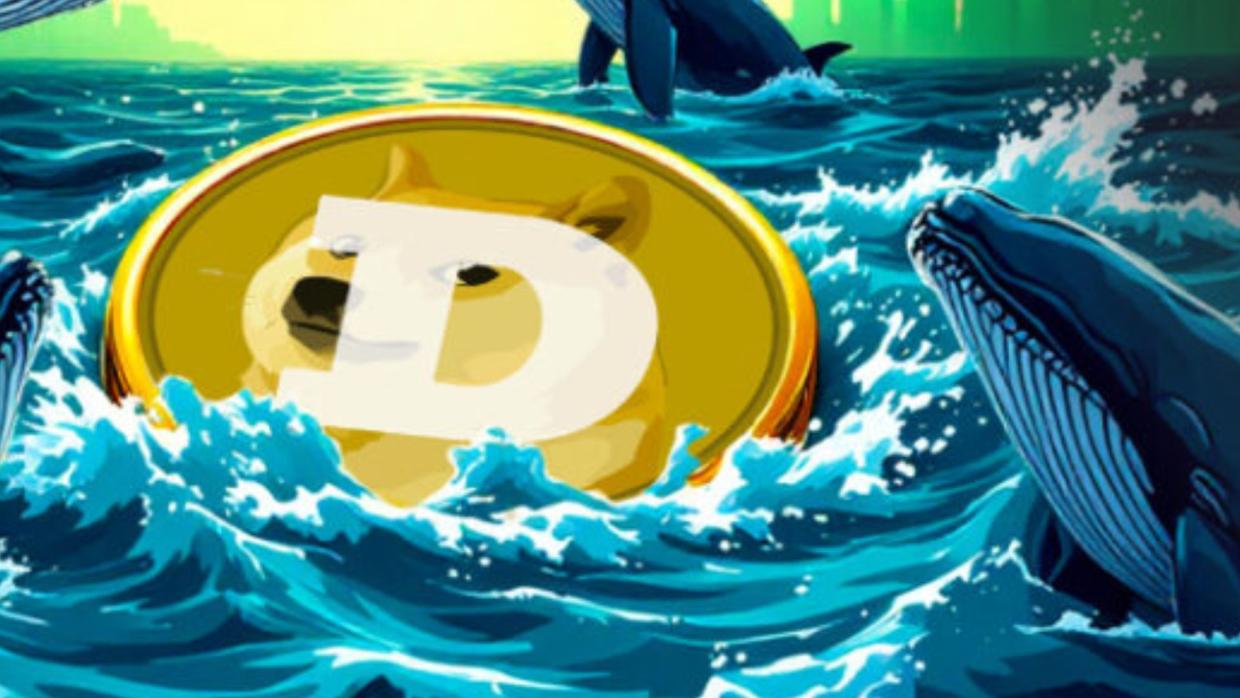DOGE Network Activity Hits Record Low: What It Means for Investors


The network activity of Dogecoin (DOGE) has taken a nosedive, hitting its lowest level since October 2024, according to data from on-chain analytics firm Santiment. The downturn is observed both in terms of whale transactions as well as active addresses, sparking discussion about what this means for the future of the popular memecoin.
What is Dogecoin?
Dogecoin, or DOGE, started life as a joke cryptocurrency in 2013, based on the then-viral Shiba Inu meme. It however went on to gain massive popularity over the years, thanks in part to endorsements from influential individuals like Elon Musk as well as its dedicated online community.
Unlike other traditional cryptocurrencies like Bitcoin that focus on limited supply and store-of-value narratives, in our comparison, Dogecoin is an inflationary model with a continuous flow of new coins being introduced into the circulation. This has made it a leading choice for microtransactions as well as tipping on social media, contributing to its image as a "fun and friendly" cryptocurrency. Despite its recreational origins, DOGE has grown into a serious contender in the crypto space, regularly featuring among the top cryptocurrencies by market capitalization.
Facts of the Activity Decline
Statistics from Santiment and others show that activity on the Dogecoin network has fallen off a cliff over the past weeks. The most significant indicators are:
This decline in activity is in sharp contrast to the network activity in 2021 and 2022, when Dogecoin saw surges of interest after high-profile tweets and large-scale adoption as a payment method by some merchants.
nts, and previous performance is not necessarily an indicator of what will happen going forward.

Possible Causes of the Decline
A number of factors can be ascribed to this decline:
Possible Impact on DOG
The decline in activity is a serious concern for Dogecoin's outlook. On one hand, lowered activity could be a sign of declining interest among users and investors, leading to price stagnation or further decline. On the other, periods of low activity could provide buying opportunities for long-term investors who have faith in Dogecoin's survival.
Analysts remain divided. Some refer to DOGE’s strong community and meme appeal continuing to attract users in the long term, while others refer to the risks of its inflationary supply and lack of innovative use cases.
Conclusion
Dogecoin's recent drop in network activity serves to highlight the challenge for the memecoin in a more competitive landscape. While its active community and offbeat personality set it apart, declining whale transactions and active addresses refer to the necessity of new utility and activity to allow it to stay relevant in the crypto ecosystem.
As always, investors need to be careful and conduct their own research before making any financial move. Cryptocurrencies are still very volatile and speculative investments, and previous performance is not necessarily an indicator of what will happen going forward.

